Online advertising provides a comprehensive system for targeting, reaching and acquiring new contacts in many forms. You are not limited to just products or events but you can use this innovative system for communications, job postings and more all the time using their very extensive targeting system to reach just the people you want.
REACH THE RIGHT PEOPLE AT THE RIGHT TIME
Your business gets found by people on Google precisely when they’re searching for the things that you offer.
ADVERTISE LOCALLY OR GLOBALLY
Target your ads to customers in certain countries, regions or cities – or within a set distance from your business or store.
NO VISIT, NO FEE
Signing up for Google AdWords is free. You only pay when someone clicks your ad to visit your website, or calls you. In other words, when your advertising is working.
START WITH ANY BUDGET
You set your own budget, so your costs will depend on what you are trying to accomplish with your advertising. Some businesses spend tens of thousands of dollars a month, and others are comfortable investing several hundred.
SPECIFIC TARGETING OPTIONS
Keyword targeting: Choose words or phrases relevant to your product or service so your ads appear when customers use those terms to search on Google or search partner sites, like AOL. By creating a highly relevant keyword list, you increase your chances to show your ads to the most interested customers.
Location and language targeting: Choose the language and geographic locations — such as a country, region or city — where your customers are located. After you set these targeting options, AdWords determines who to show your ads to based on several factors: the Google domain people use (like www.google.de or www.google.co.uk), their search term, their computer’s IP address (which can estimate its geographical location), their language preference set for Google, and the languages of sites they visited in the past.
GOOGLE ADWORDS TARGETING
Device targeting: Show your ads to the right people across all devices, based on their specific location, time of day, and device type. Learn how with enhanced campaigns.
- Contextual targeting: This type of targeting is used to match your ads to sites or pages (also known as automatic placements) based on the keywords or topics you’ve chosen. AdWords analyzes each website’s content and theme, considering factors such as text, language, link structure, and page structure. Using these, Google determines the central themes of each webpage and targets AdWords ads to the page based on your keyword or topic selections and other factors, including pages a person seeing your ad has recently browsed.
- Keyword targeting: Choose words or phrases related to your product or service so Google can automatically target your ads to relevant websites on the Google Display Network that your customers visit (this is known as automatic placements).
Topic targeting: Target your ad to multiple pages about specific topics at once. Topic targeting lets you reach a broad range of pages on the Display Network.
- Placement targeting: Choose websites on the Display Network that your customers visit where you’d like to see your ads. If you select this type of targeting, we’ll only look at your chosen sites (managed placements) when searching for relevant places to display your ads. Unlike contextual targeting (automatic placements), placement targeting doesn’t require keywords. A placement might be an entire website or a subset of a site.
- Audience targeting: Show your ads to specific groups of people as they visit Display Network websites and apps. You can reach people who visited your site before by creating a re marketing campaign, or by showing your ads to affinity audiences, in-market audiences, similar audiences, or other interests. For example, you can select affinity audiences to reach potential customers at scale and make them aware of your business. If you want to reach customers who are researching and actively considering buying products or services like those you offer, you can select in-market audiences.
You can also use “Other interests” audience categories to reach customers who may be likely to visit your site and who have interests that aren’t included in the affinity audiences or in-market audiences.
- Device targeting: Choose to show ads to your customer when they visit Display Network sites only on desktop and laptop computers, or only on iPhones and Android devices, or on all of these.



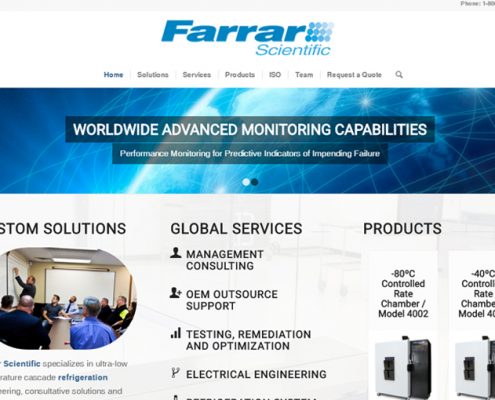

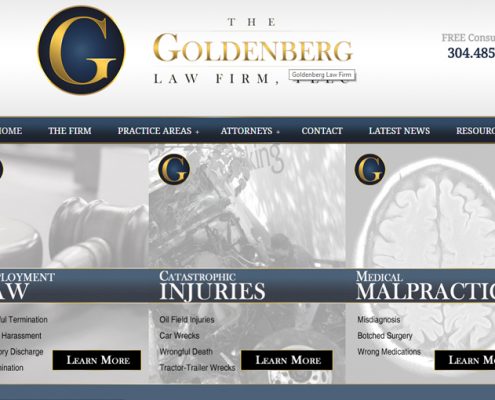
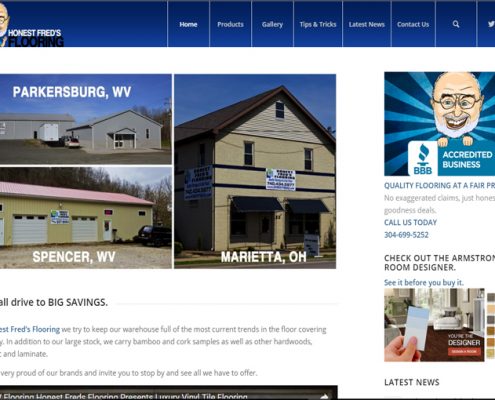



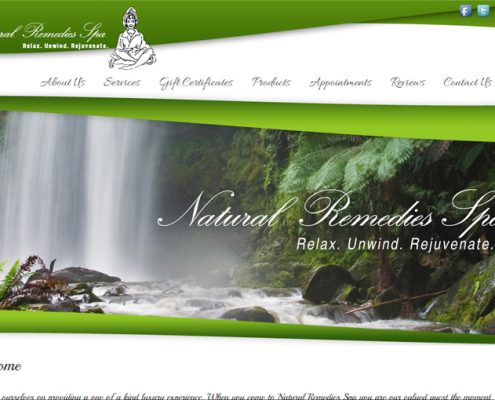
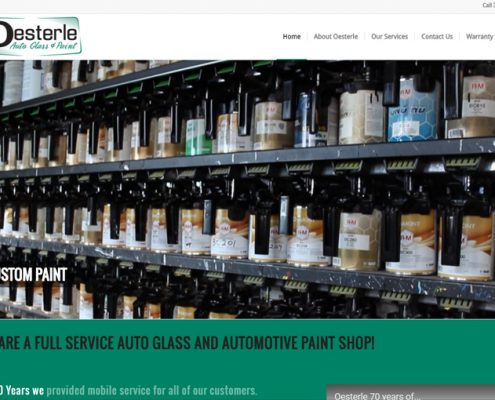
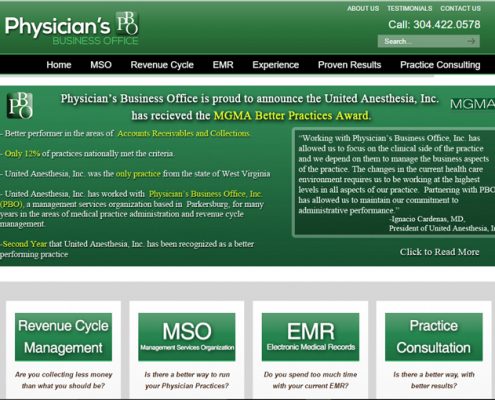
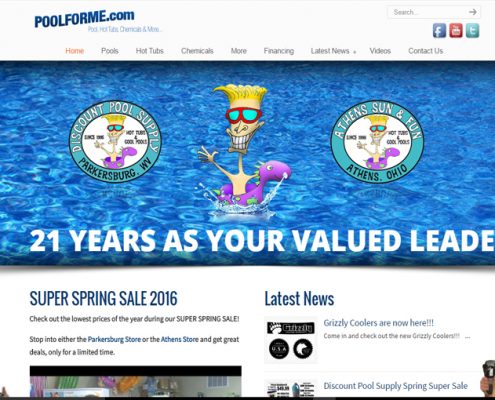
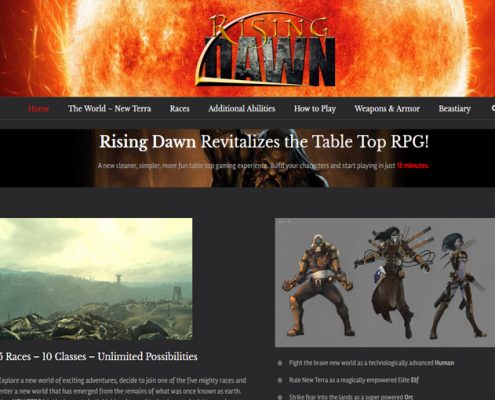



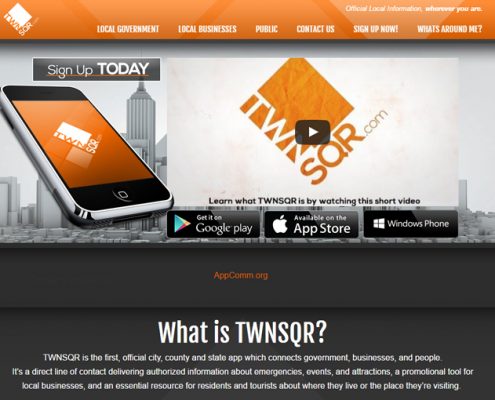
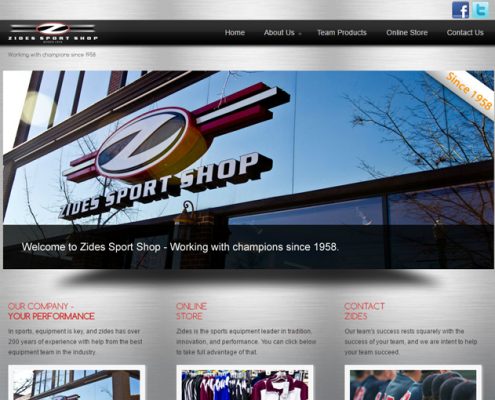






Social Media